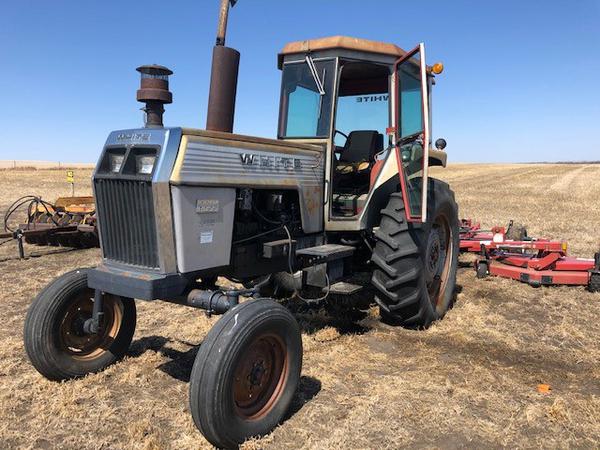Since 2012, RME proudly operates all of our stores under one united brand and utilizes a large multi-branch dealership model to leverage its size.
Using a multi-branch structure has significant advantages over single-branch dealerships, RME is positioned to share best practices among diverse branches within the network and optimize overhead costs, such as advertising and insurance, due to economies of scale. It also enables us to provide each branch access to a wider range of products while reducing aggregate inventory levels and financing costs.
Customers benefit from a vast network of parts and service, broader equipment selection with faster deliveries and the trusted stature of an equipment dealer who will be there for the long haul.
From the manufacturers’ point of view, a multi-branch dealership structure means increased sales with long-term stability that comes from better capitalization and heightened professional management.
Since inception, RME continues to focus on those areas of our operations that enable us to grow market share and increase profitability. Key areas include:
- Improving market share performance
- Increasing product support and financing operations
- Controlling expenses
- Expanding margins
As Canada’s largest independent dealer of CNH equipment, RME’s core strength is in providing our customers with dependable new and used equipment, and the best technology, backed by the skill and talent delivered by our teams.
Construction
The construction equipment industry covers a wide scope of equipment and machinery used primarily to prepare and move material. Currently the market is migrating towards employing larger equipment in order to drive increased efficiencies, and meet expanded project demands in a continued tight labour market. Construction equipment is used for multiple purposes and end-markets including road construction, site development infrastructure projects, conventional oil and gas development, and oil sands development. We also operate within a number of smaller, niche construction markets such as crushing and screening.
Agriculture
As the planet speeds towards a projected global population of 9 billion people by 2050, the importance of farm equipment technology follows suit. In order to feed a growing world, the agriculture sector needs to focus on reducing crop inputs and increasing yields. The agricultural equipment sector comprises an array of advanced equipment used in various farming applications. These include sprayers, tractors, seeders, harvesting equipment (primarily combines) as well as hay and forage equipment. The widespread adoption of precision farming techniques and modern business practices drives the purchase of newer, more efficient equipment across our territories. Key end-markets in western Canada for agricultural equipment include crop and livestock production as well as construction operations that use high-horsepower tractors.





